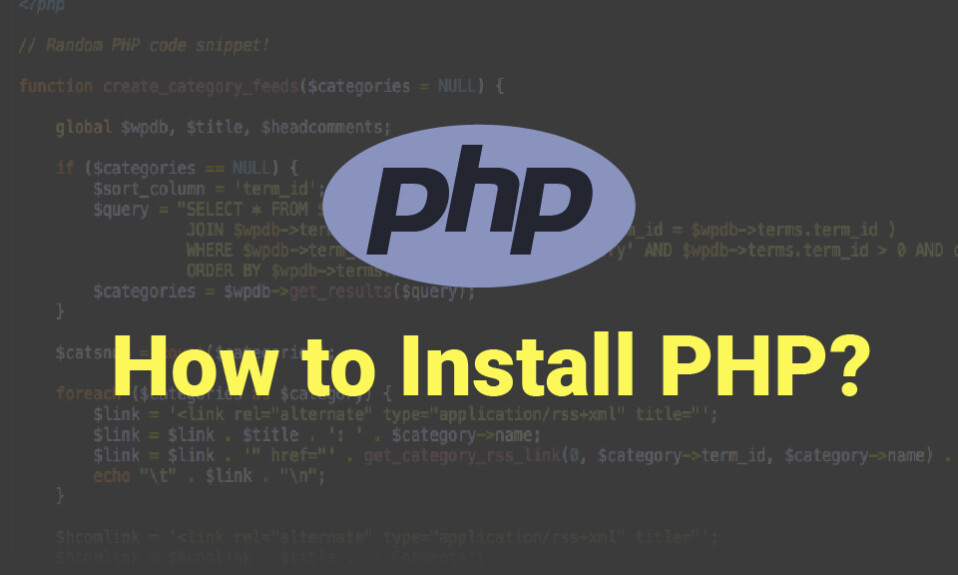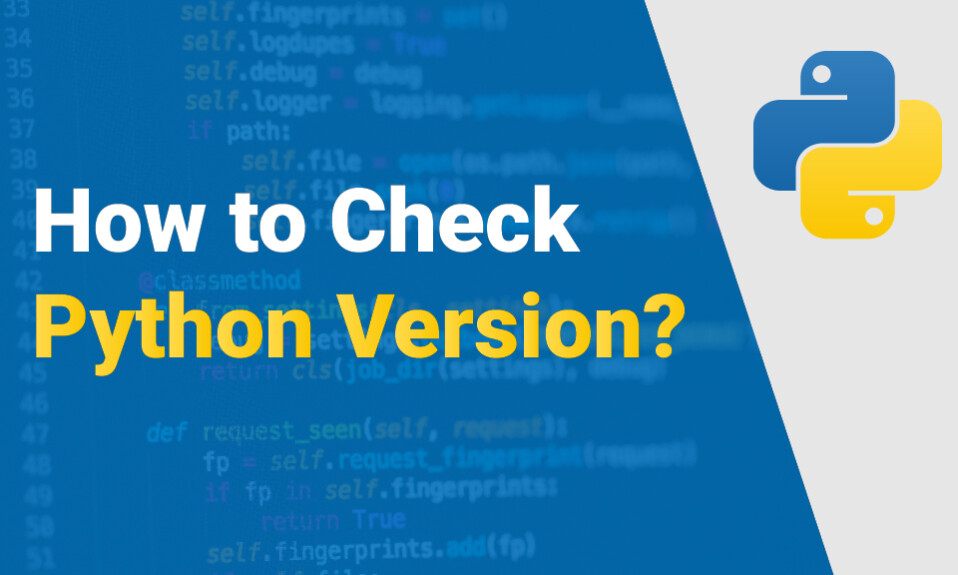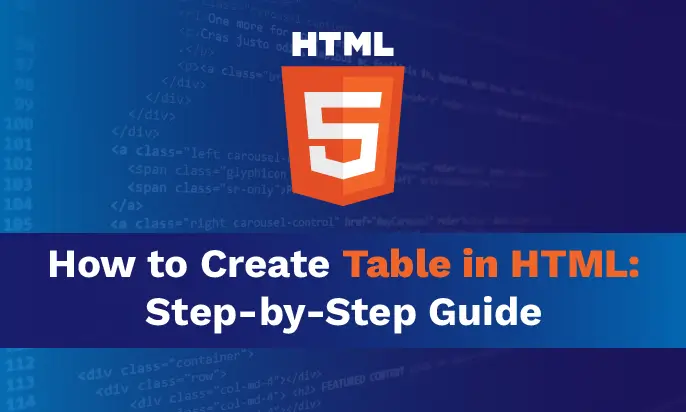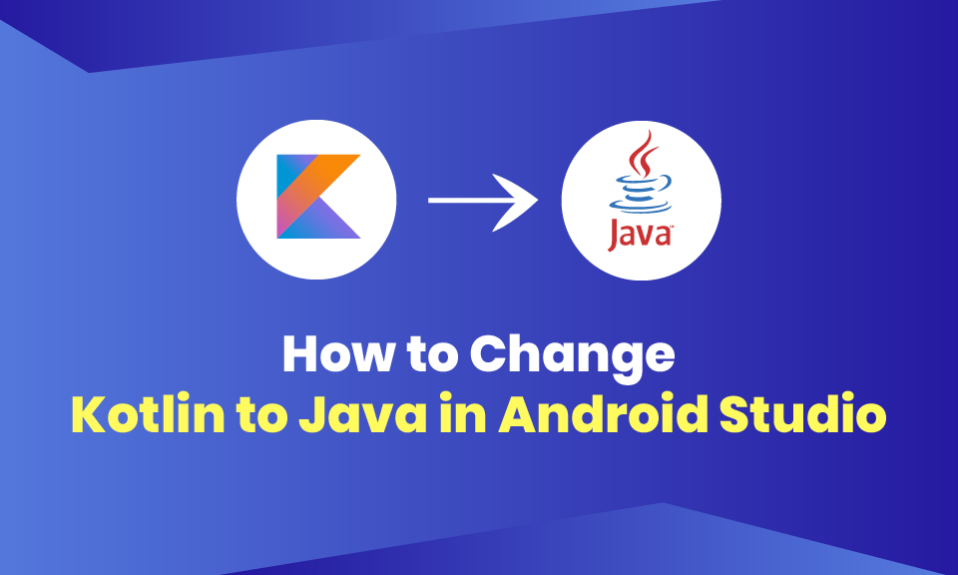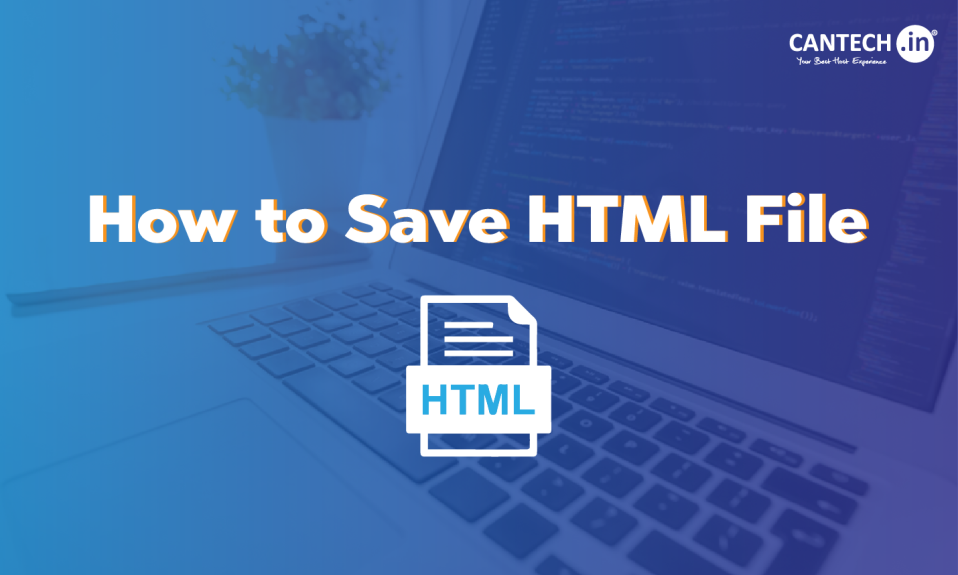Welcome to our comprehensive guide on how to install PHP for web development. PHP is a powerful scripting language that is widely used for creating dynamic web pages and applications. Whether you’re a beginner or an experienced developer, this tutorial will walk you through the process of installing PHP on your system, allowing you to start building robust and interactive websites.
Installing PHP is a crucial step for anyone interested in web development. By following the steps outlined in this guide, you’ll be able to easily set up PHP on your computer and begin harnessing its capabilities for your projects.
Before getting started, read our in-depth guide on what is PHP?
Key Takeaways:
- Installing PHP is essential for web development and enables the creation of dynamic web pages.
- Follow our step-by-step guide to ensure a smooth installation process.
- Setting up the right development environment is crucial for optimal PHP usage.
- Choosing the appropriate PHP version ensures compatibility and access to the latest features.
- Testing your PHP installation guarantees everything is functioning correctly.
System Requirements
Before you begin installing PHP, it’s important to make sure that your system meets the necessary requirements. The system requirements for installing PHP are listed below:
- Operating System: PHP is compatible with Windows, Mac, and Linux operating systems.
- Web Server: You need to have a web server installed on your system. PHP is compatible with popular web servers like Apache, Nginx, and IIS.
- Database: If your application requires a database, you will need to have a compatible database system installed, such as MySQL, PostgreSQL, or SQLite.
- Memory: PHP requires a minimum of 128MB of memory. However, it is recommended to have at least 256MB or more for optimal performance.
- Processor: A modern processor with multiple cores is recommended to handle PHP’s processing load efficiently.
- Disk Space: You will need a minimum of 200MB of free disk space to install PHP and its associated files.
- Network: An internet connection is required to download PHP and its dependencies.
Quote:
“Ensuring that your system meets the system requirements is crucial for a successful PHP installation. Neglecting these requirements can lead to compatibility issues and poor performance.”
Downloading PHP
To install PHP on your system, you first need to download the appropriate files. Follow the steps below to download PHP and get started with your web development journey.
- Step 1: Visit the official PHP website by typing “php.net” in your web browser’s address bar.
- Step 2: On the PHP website, navigate to the “Downloads” section.
- Step 3: Choose the PHP version that is compatible with your system and click on the corresponding download link.
- Step 4: Select the appropriate package for your operating system.
- Step 5: Once the download is complete, locate the downloaded file on your system.
Note: The steps above may vary slightly depending on the version and operating system you are using. Make sure to follow any specific instructions provided on the PHP website for your particular setup.
Once you have downloaded PHP, you are ready to proceed with the installation of php process. In the next section, we will guide you through the necessary steps of setting up a development environment.
Setting Up a Development Environment
In order to install PHP successfully, it’s crucial to set up a suitable development environment on your system. A development environment provides the necessary tools and resources for efficient PHP coding and testing. Here’s a step-by-step guide to help you create an optimal development environment:
1. Choose an Integrated Development Environment (IDE)
An IDE is a software application that provides a comprehensive environment for PHP development. It includes features like code completion, debugging tools, and project management capabilities. Some popular IDEs for PHP development include:
- Visual Studio Code
- PHPStorm
- NetBeans
2. Install a Local Server
A local server allows you to run and test PHP code on your own computer. There are several options available for installing a local server:
- XAMPP: A popular cross-platform solution that includes Apache, MySQL, and PHP.
- MAMP: Specifically designed for macOS, it provides an easy way to set up Apache, MySQL, and PHP.
- WampServer: A Windows-based solution that includes Apache, MySQL, and PHP.
3. Set Up a Database
If your PHP projects require database integration, it’s important to set up a database server. MySQL is a common choice for PHP development. You can install MySQL separately or use a package like XAMPP, which includes MySQL along with Apache and PHP.
4. Version Control
Using version control is essential for managing the source code of your PHP projects. Git is a widely used version control system that allows you to track changes, collaborate with teams, and roll back to previous versions if needed. Install Git on your system and familiarize yourself with its basic commands.
Tip: Consider using a code repository hosting service like GitHub or Bitbucket to store and manage your Git repositories online.
5. Install Composer
Composer is a dependency management tool for PHP that simplifies the installation and management of external libraries and packages. It helps ensure that your projects have all the required dependencies easily accessible. Install Composer by following the official documentation at https://getcomposer.org/.
6. Configure your IDE
Once you have your development environment set up, it’s important to configure your IDE to work seamlessly with PHP. Depending on the IDE you choose, you may need to install additional plugins or extensions to enable PHP support.
Quote: “A well-configured development environment can greatly enhance your productivity and coding experience.” – David Smith, PHP Developer
Table 1: Summary of Development Environment Setup
| Step | Description |
|---|---|
| 1 | Choose an Integrated Development Environment (IDE) |
| 2 | Install a Local Server |
| 3 | Set Up a Database |
| 4 | Version Control |
| 5 | Install Composer |
| 6 | Configure your IDE |
By following these steps, you’ll be able to create an optimal development environment for PHP, ensuring a smooth installation process and seamless coding experience.
Choosing a PHP Version
When it comes to PHP, one size does not fit all. PHP offers different versions, each with its own features and compatibility. Selecting the right PHP version is crucial to ensure your project runs smoothly and efficiently. In this section, we will guide you through the process of choosing the appropriate PHP version for your needs.
Before diving into the selection process, it’s essential to understand the key factors to consider:
- Compatibility: Ensure that the PHP version you choose is compatible with your operating system and other technologies you plan to integrate.
- Support: Opt for a PHP version that is actively supported and receives regular updates, patches, and security fixes.
- Performance: Consider the performance improvements and optimizations offered by different PHP versions.
- Required Features: Assess the specific features and functionalities you require for your project and choose a PHP version that supports them.
Let’s take a look at the different versions of PHP available and their characteristics:
| PHP Version | Release Date | Key Features |
|---|---|---|
| PHP 7.4 | November 28, 2019 |
|
| PHP 8.0 | November 26, 2020 |
|
It’s important to note that PHP 5.x versions have reached their end of life and are no longer supported, therefore we recommend using either PHP 7.4 or PHP 8.0 for your projects.
Now that you have a better understanding of the PHP versions and their key features, you can make an informed decision based on your specific project requirements. Remember to consider compatibility, support, performance, and required features to choose the PHP version that will best serve your needs.
Installing PHP on Windows
If you have a Windows system, don’t worry – installing PHP is a breeze! Follow these simple steps to get PHP up and running on your Windows machine.
- First, make sure you meet the system requirements for PHP installation on Windows. This includes having a compatible version of Windows and any necessary software. Refer to the system requirements table below:
| System Requirements for PHP Installation on Windows | |
|---|---|
| Windows Version | Windows 7 or later |
| Web Server Software | Apache 2.4.x or later |
| Database | MySQL 5.6.x or later |
| Processor | 1 GHz or faster |
| Memory (RAM) | 2 GB or more |
| Disk Space | 200 MB or more |
Note: These requirements are subject to change. Please refer to the official PHP documentation for the most up-to-date and specific system requirements.
- Next, download the PHP installation package for Windows from the official PHP website. You can find the download link in the resources section below.
- Once the download is complete, run the installer and follow the on-screen instructions to install PHP on your Windows system.
- During the installation process, you may be prompted to choose your PHP configuration options. Make sure to select the appropriate options based on your needs.
- After the installation is complete, open a command prompt and run the following command to test if PHP is installed correctly:
php -v
If PHP is installed correctly, you should see the PHP version and other details displayed in the command prompt.
Congratulations! You have successfully installed PHP on your Windows system. Now you can start building dynamic websites and applications with the power of PHP.
Next, we will explore how to install PHP on a Mac system.
Installing PHP on Mac
If you’re a Mac user looking to install PHP on your system, you’ve come to the right place. In this section, we’ll provide you with step-by-step instructions to guide you through the installation process.
Note: Before starting the installation, make sure you have administrative privileges on your Mac.
Step 1: Check macOS Version
First, you need to determine your macOS version to ensure compatibility with PHP. Here’s how:
- Click the Apple menu in the top-left corner of your screen and select “About This Mac”.
- In the window that appears, check the “Version” number. For example, it might be “macOS Big Sur”.
- Make a note of your macOS version.
Step 2: Install Homebrew
Homebrew is a package manager for macOS that makes it easy to install and manage software packages on your system. Follow these steps to install Homebrew:
- Open the Terminal application on your Mac. You can find it by searching for “Terminal” in Spotlight.
- Copy and paste the following command into the Terminal and press Enter:
/bin/bash -c “$(curl -fsSL https://raw.githubusercontent.com/Homebrew/install/HEAD/install.sh)”
This command will download and install Homebrew on your Mac.
Step 3: Install PHP
With Homebrew installed, you’re ready to install PHP on your Mac:
- Open the Terminal application again.
- Type the following command and press Enter:
brew install php
This command will download and install the latest version of PHP.
Step 4: Verify PHP Installation
Now that PHP is installed on your Mac, it’s important to verify that the installation was successful. Follow these steps:
- Open the Terminal application.
- Type the following command and press Enter:
php -v
This command will display the version of PHP installed on your Mac. If you see the version number, congratulations, PHP has been successfully installed!
Summary
By following these simple steps, you can easily install PHP on your Mac using Homebrew. Now you’re ready to start developing robust web applications with PHP.
| Step | Description |
|---|---|
| Step 1 | Determine your macOS version. |
| Step 2 | Install Homebrew, the macOS package manager. |
| Step 3 | Install PHP using Homebrew. |
| Step 4 | Verify the PHP installation on your Mac. |
Installing PHP on Linux
If you’re a Linux user, the process of installing PHP on your system is slightly different than on Windows or Mac. But don’t worry, we’ve got you covered! Follow the steps below to install PHP on Linux:
- Open your terminal and update the package lists by running the following command:
sudo apt update
- Once the package lists are updated, you can proceed to install PHP and its dependencies by running:
sudo apt install php
This command will install the latest version of PHP available in the package repository for your Linux distribution.
- After the installation is complete, you can verify that PHP is installed correctly by running:
php -v
This command will display the installed PHP version and other relevant information.
That’s it! You have successfully installed PHP on your Linux system.
| Distribution | Package Manager | Installation Command |
|---|---|---|
| Ubuntu | Apt | sudo apt install php |
| Fedora | DNF | sudo dnf install php |
| CentOS | Yum | sudo yum install php |
| Arch Linux | Pacman | sudo pacman -Syu php |
Note: The installation commands provided above are for popular Linux distributions. If you’re using a different distribution, consult your distribution’s documentation for the appropriate installation command.
Configuring PHP
After installing PHP, it’s important to configure it to work optimally. Proper configuration ensures that PHP functions seamlessly and efficiently. In this section, we will guide you through the necessary configuration steps for PHP.
1. Locate the php.ini File
The php.ini file contains all the configuration settings for PHP. Depending on your system, the location of this file may vary. Commonly, it can be found in:
/etc/php.ini
/usr/local/lib/php.ini
C:\php\php.ini
Use a text editor to open the php.ini file.
2. Adjust PHP Settings
Within the php.ini file, you can modify various settings to customize PHP according to your needs. Here are some key settings you may want to consider:
| Setting | Description |
|---|---|
max_execution_time |
Sets the maximum execution time for PHP scripts |
memory_limit |
Specifies the maximum amount of memory PHP can allocate |
upload_max_filesize |
Sets the maximum file size that can be uploaded |
post_max_size |
Defines the maximum size of POST data |
Make the necessary changes to these settings based on your requirements. Remember to save the php.ini file once you’re done.
3. Restart the Web Server
After configuring PHP, you’ll need to restart your web server for the changes to take effect. This ensures that the updated PHP settings are applied correctly.
Once the web server is restarted, your PHP configuration changes should be active, allowing you to work with PHP effectively in your development environment.
Testing PHP Installation
After you have successfully installed PHP on your system, it is crucial to test its functionality to ensure that everything is working correctly. Testing your PHP installation will help you identify any issues or errors that may have occurred during the installation process.
To test your Installation of PHP, follow these simple steps:
- Create a new PHP file: Open your preferred text editor and create a new file with a .php extension. For example, you can name it test.php.
- Add PHP code: In the newly created file, add the following PHP code:
<?php
phpinfo();
?>
This code will display detailed information about your PHP installation.
- Save the file: Save the file in the appropriate directory of your web server. The specific location depends on your server configuration.
- Access the file in your web browser: Open your web browser and enter the URL to access the file. For example, if your file is located at http://localhost/test.php, enter that URL in your browser’s address bar.
- Check the PHP information: Once the file is accessed, you should see a page displaying detailed information about your PHP installation. This information includes PHP version, configuration settings, loaded extensions, and more.
If you can see the PHP information page without any errors, congratulations! Your PHP installation is working correctly. If you encounter any issues or errors during the testing process, double-check your PHP installation steps and configuration settings to ensure everything is set up correctly.
Testing your PHP installation is an essential step in the development process. By verifying the functionality of PHP, you can ensure a smooth and error-free experience when creating dynamic web applications.
Conclusion
By following the step-by-step guide in this article, you have successfully installed PHP on your system and set up a development environment. Congratulations on taking this significant step towards simplified web development with PHP!
With PHP installed, you now have the ability to create dynamic and interactive websites, harnessing the full potential of this powerful programming language. Whether you’re a seasoned developer or a beginner, PHP provides endless possibilities for creating engaging web applications.
Remember to choose the appropriate PHP version based on your project requirements and ensure that your system meets the necessary system requirements. Additionally, don’t forget to configure PHP based on your preferences and test your installation to confirm that everything is functioning as expected.
Thank you for following this comprehensive guide. We hope that you find success in your future web development endeavors using PHP!
FAQ
What is PHP?
PHP is a popular server-side scripting language used for web development. It’s widely used to create dynamic web pages and web applications.
Why do I need to install PHP?
You need to install PHP on your server or local machine to run PHP-based web applications and websites. Without PHP, your web server won’t be able to interpret and execute PHP code.
How to install PHP in windows 10?
Below are the steps to install PHP in Windows 10 –
- Go to php.net
- Download the latest version of PHP for Windows.
- Extract the zip file to a folder
- Copy ‘php.ini-development’ file, rename it to php.ini, and open it in a text editor. Further, configure the necessary extensions by uncommenting the required lines.
- From the Windows start menu, find “Environment Variables.”. Then, add the PHP folder path to the “Path” under system variables in the system properties.
- After that, verify the PHP version in the command prompt. For that, type php -v.
Additional –
You need to configure PHP with the server for a web server like Apache or Nginx.
- Apache – Modify the httpd.conf file to include the PHP module.
- Nginx – Configure the nginx.conf file to enable PHP support.
How to install PHP on Linux?
Below are the steps to install PSP on Linux –
- Update the package list through the terminal (command to run – sudo apt update (for Debian-based systems) or sudo yum update (for Red Hat-based systems)).
- Then install PHP with the commands – run sudo apt install php (For Debian-based systems) or sudo yum install php (For Red Hat-based systems).
- Your application may need necessary PHP modules (Command sudo apt install php-module_name or sudo yum install php-module_name)
- Verify after installing with php -v in the terminal.
Additional –
You need to configure PHP with the server for a web server like Apache or Nginx.
- Apache – PHP module installation with the command sudo apt install libapache2-mod-php
- Nginx – Configure nginx.conf to support PHP. Add required directives and install php-fpm.
Restart the Web Server after configuration with sudo systemctl restart apache2 (Apache) or sudo systemctl restart nginx (Nginx).
- To test the PHP file, create a file in the text editor and name it with the .php extension.
File content:
<?php
phpinfo();
?>
- Save it in a specific directory as per your configuration. Open it in a browser with a URL such as http://localhost/test.php (example location and file name).
How do I install PHP on my computer?
To install PHP on your computer, you can use a local server environment like XAMPP, WAMP, or MAMP. These software packages include PHP, along with other components like Apache (web server) and MySQL (database), making it easy to set up a development environment.
Can I install PHP without using a local server environment?
Yes, you can install PHP manually on your computer by downloading PHP binaries from the official PHP website and configuring them with a web server like Apache or Nginx. However, using a local server environment simplifies the process by bundling all necessary components together.
Is PHP installation different for different operating systems?
Yes, the installation process may vary depending on your operating system (Windows, macOS, Linux). However, local server environments like XAMPP, WAMP, and MAMP offer cross-platform support and provide easy-to-follow installation instructions.
Do I need any prerequisites to install PHP?
If you’re using a local server environment like XAMPP, WAMP, or MAMP, you typically don’t need any prerequisites. These software packages come with all the necessary components pre-configured. However, if you’re installing PHP manually, you may need to install additional software like a web server (Apache or Nginx) and a database (MySQL or MariaDB).
Can I install different versions of PHP?
Yes, you can install different versions of PHP depending on your requirements. Some local server environments allow you to switch between PHP versions easily. Additionally, manual installations may offer options to specify the PHP version during the installation process.
Is PHP installation reversible?
Yes, PHP installation is reversible. If you installed PHP as part of a local server environment, you can uninstall the entire package, which includes PHP, Apache, MySQL, etc. If you installed PHP manually, you can remove PHP files and configurations from your system.
These FAQs should provide helpful insights into the process of installing PHP and address common questions users may have.
